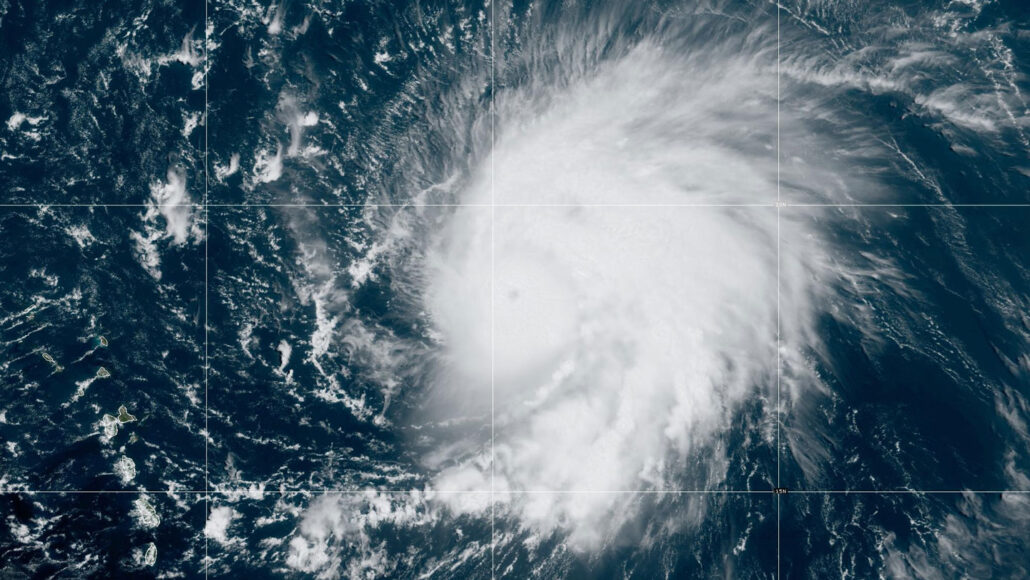
Oceans
Explainer: Why are so many hurricanes strengthening really fast?
This dangerous trend appears relatively new — and growing. Studies also have begun linking it to our warming world.
Come explore with us!

This dangerous trend appears relatively new — and growing. Studies also have begun linking it to our warming world.

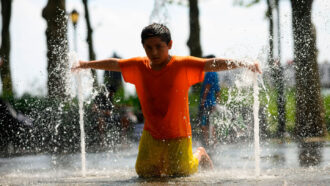
This is bad news as a warming planet leads to growing numbers of excessive heat waves — and millions more people facing potentially deadly temperatures.
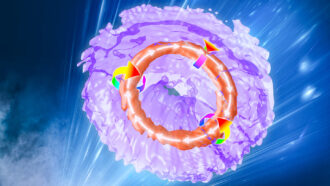
Physicists had a bright idea: Make light into swirling, ring-shaped vortices, similar to smoke rings or bubble rings.
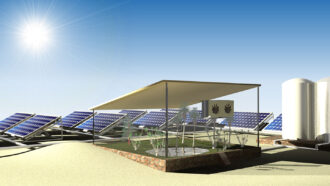
The device not only produces electricity but also harvests water for drinking or crops. It could be especially useful in remote and dry parts of the world.
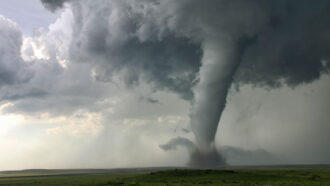
Tornadoes are often spawned by thunderstorms — but can also emerge from hurricanes and wildfires.

The upper edge of the troposphere, the slice of sky closest to the ground, rose 50 to 60 meters (165 to 200 feet) a decade from 1980 to 2020.

The final refuge for summer sea ice may also protect the creatures that depend on it. Saving it is an ambitious goal with many hurdles.
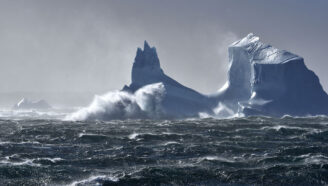
Smoke drifts. Fish eggs float downstream. Where such drifting things end up may seem a mystery. But research can predict where they’ll end up.
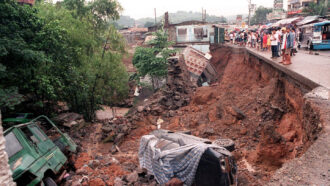
El Niño and La Niña are part of a climate cycle that results in major weather changes every few years.